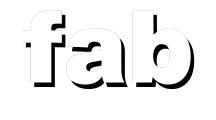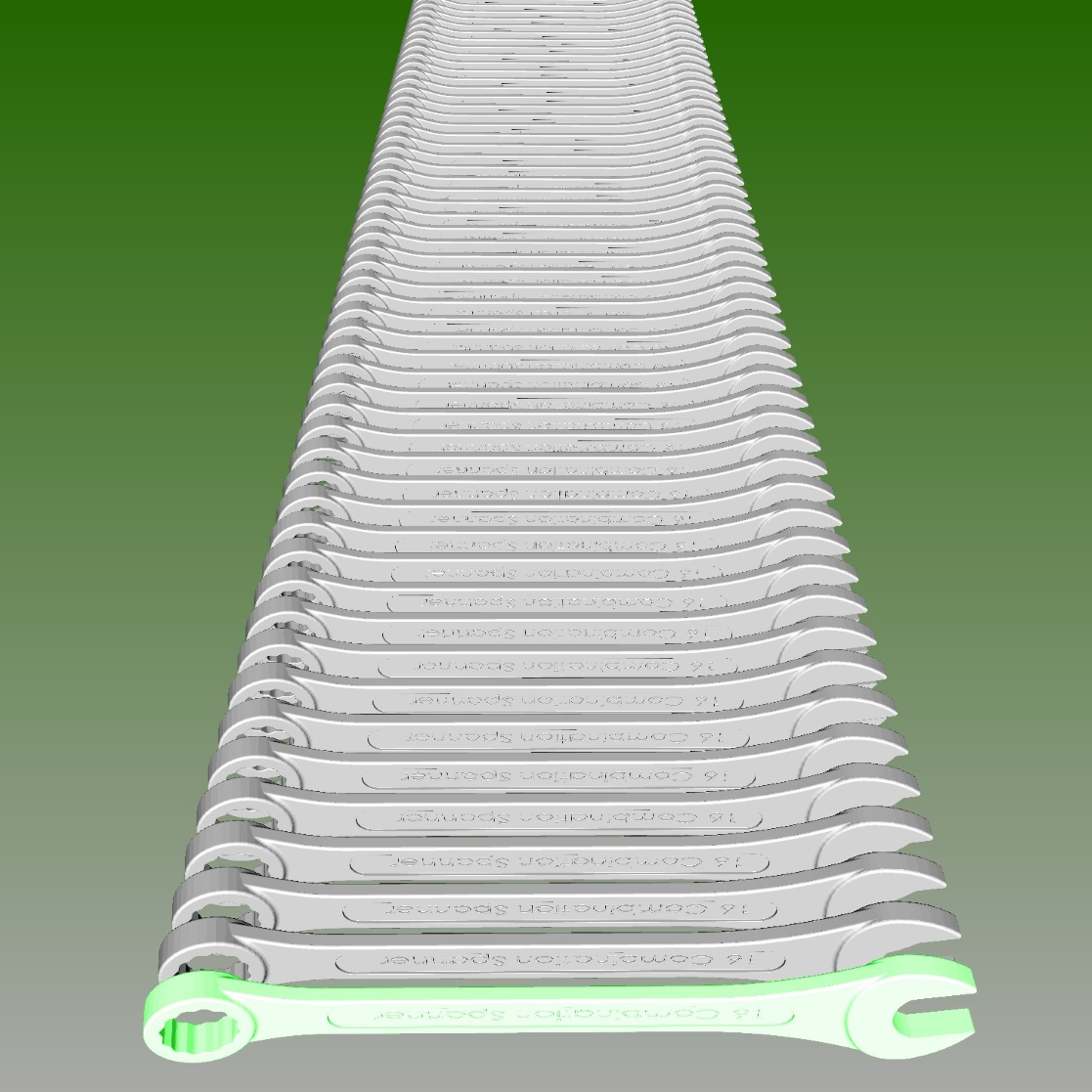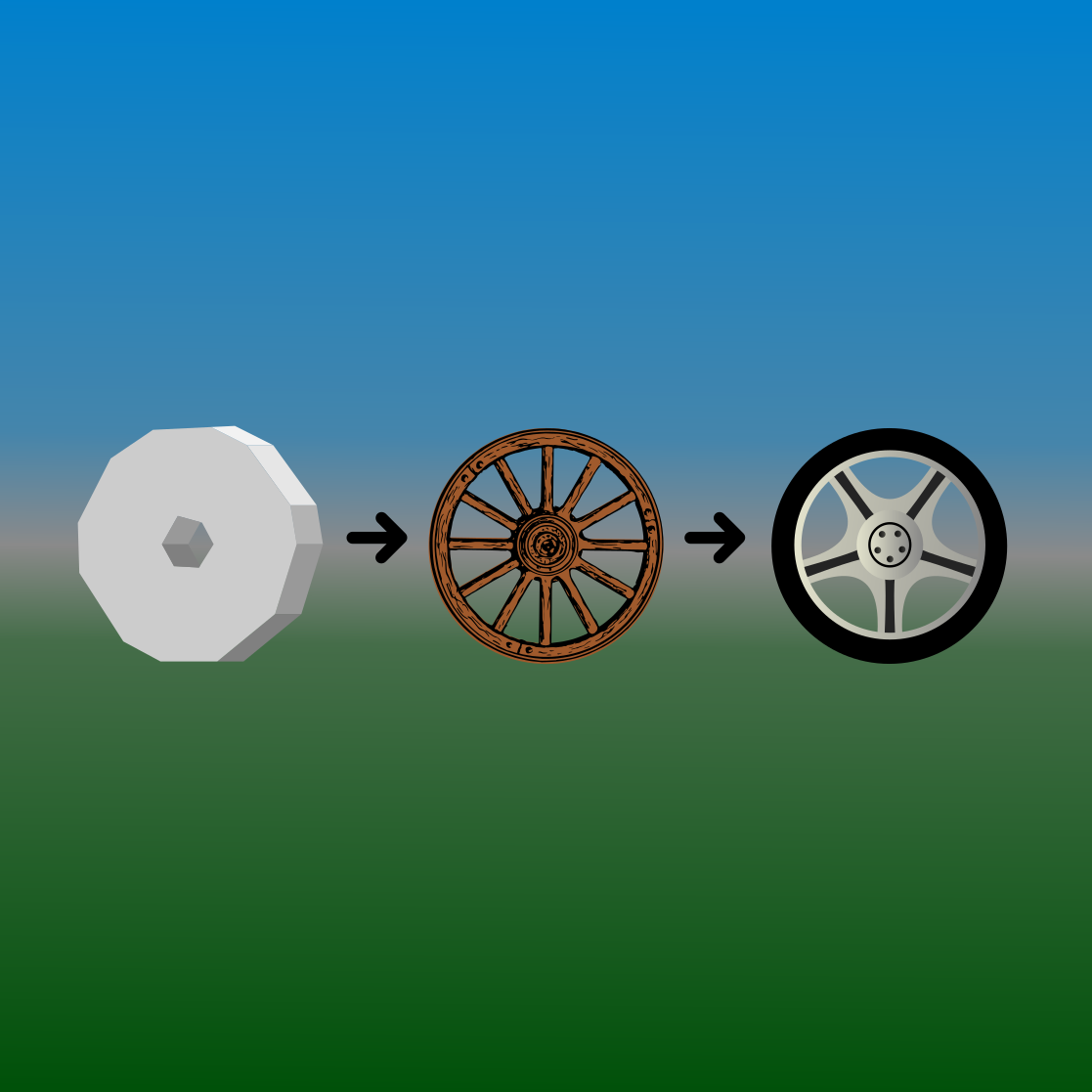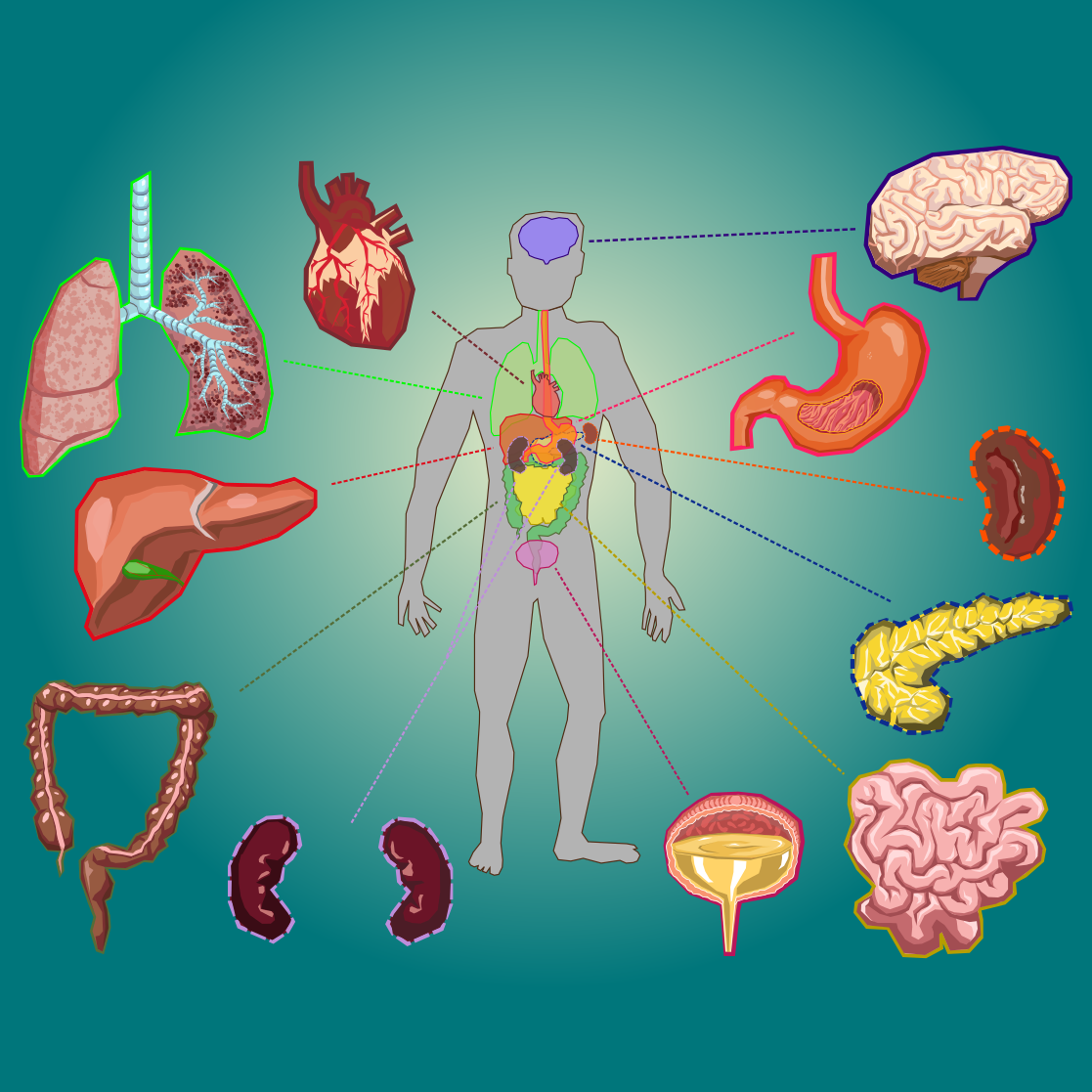
If our tech and design philosophies are our theory, then our approach to fabrication is our practice - how we translate our ideas into physical actions and objects. Although this section is about doing, rather than thinking, doing things with intention still requires guiding principles. These are ours.

AUTOMATION
To most people, this term now means "using automatons" - that is, robots - and while robots are indeed a major part of every aspect of our manufacturing process, from design to prototyping to mass production, what we mean by automation here is deeper and more general than that. A jig that lets you cut complex shapes easily, or a potter's wheel that lets you repeatably and quickly shape symmetrical vases, are also examples of the sort of automation we mean, just as robots are. Designing and planning throughout to minimize manufacturing complexity allows us to both lower production costs, and to create more detailed and complex products with minimal added difficulty in repair and maintenance.

REPLICATION
Our tools should not just be easy to produce, they should be easy to produce in volume, with as little unplanned variance between units as possible, and with easily-serviced and replaced machines. This ties strongly into both automation and our engineering value of transparency, and it means both that we plan manufacture so as to maximize our use of well-tested and documented processes, and that our manufacturing devices are also themselves open-source and easy to service - we are open-source all the way down!

ADAPTATION
It is an old engineering maxim that you should not reinvent the wheel, but much of recent technological "innovation" has disregarded this. Tied strongly to our open-source and our previous principle of replication is our manufacturing principle of adaptation - wherever possible, we try to build upon, rather than reduplicating, the great efforts and ideas of others. This allows us to not only stand on the shoulders of giants, but to raise them even taller, by adding our own small contribution to their heights.

ITERATION
"Release early, release often." As engineers with a strong background in medicine and biology, we are fervent believers in the power of evolutionary selection to produce highly specific, diverse, and well-adapted forms for any given set of requirements imaginable. Doing this requires a generative approach, meaning that our designs are constantly being tested against the chaos of the real world, redesigned to fit better, and then tested again. This also means that we welcome and actively seek out criticism and any perceived design and manufacturing flaws throughout the process, and after mass production has started. Doing this allows our tools to fit a far wider range of environments and uses than would be possible any other way.

ORGANIZATION
We like to keep things tidy, but what we mean by organization is also that we view each manufacturing process as an organ - a subgroup created out of a larger whole, of which it is an integral part, to perform a certain set of tasks for which it is highly specialized. Each process step is chosen not only for its suitability for the task, but also for its ability to integrate as seamlessly as possible with the steps before and after, as well as its strain on and contribution to the larger whole. This means that we consider the necessities of a given design feature being made real from the earliest conceptual stages, and the specific constraints of both each individual step and the overall process on tolerances and subjective quality.
While in the realm of technology we aspire to be good engineers, and in the realm of aesthetics we aspire to be good designers, in the realm of actually making our ideas real - that is, fabrication - we aspire to being something like "craftspeople with computers". We aim for our attention to detail and quality in every step of manufacture, as well as in the overall planning and form of the end product, to be obvious and palpable in every tool we make.